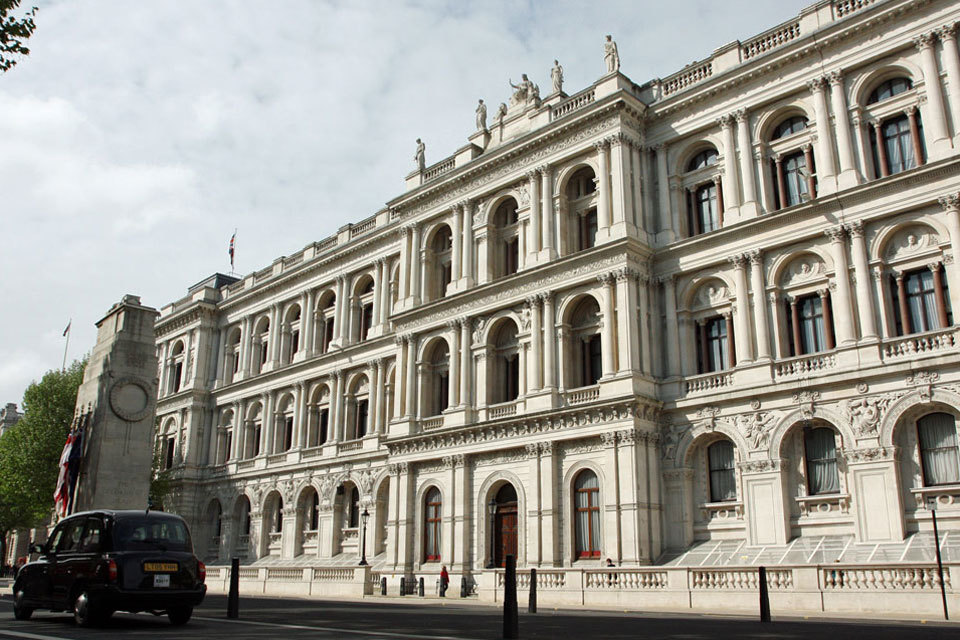As we come to be within a few weeks of Labour’s Autumn budget, it would seem that Chancellor Rachel Reeves has steered away from the idea of creating a flat tax relief rate of 30% on pension contributions. This policy would ultimately have come into direct contention with Labour’s dedication to “not tax working people”.
Recent reports suggest that Reeves is shying away from the idea over worries that taxes would increase for many better paid workers in the public sector. A sector, you would imagine, the government would want to keep on side. If Labour chooses not to increase the taxes of the working people, then they will have to look at other areas to fill the deficit.
Inheritance tax is a potential area for reform as the government seeks to boost revenue. The Chancellor may also consider revising the rules around gift giving. She could look to reduce the gift allowance of £3,000 per tax year, or extend the 7 year rule, which allows people to avoid inheritance tax if one lives for 7 years after gifting assets. If you would like to discuss this point further we would recommend contacting our team.
This article will focus on another potential target, the treatment of pensions upon death. Many have used contributing to pensions as a method of estate planning, as pensions have been one of the few investment vehicles exempt from inheritance tax over the years. Through bringing the pension under the estate, the The Institute for Fiscal Studies (IFS) have estimated that the government can raise “several hundred million pounds a year in the short term”, rising to around £2 billion a year in revenue.
This article will explore how this change could impact estate planning decisions, while also expressing that the pension will remain an essential product in retirement planning for people’s future.
The current system
At present if one were to die before the age of 75, they would be able to pass on their pension to their beneficiaries free from tax. The beneficiaries would be able to take a lump sum payment or enter drawdown completely tax free, as long as this process commenced within 2 years of the member’s death.
In the event that one was to die after the age of 75, any benefits received from the pension scheme by the beneficiaries would be subject to income tax at their marginal rate.
For simplicity, in the below example we will assume that the beneficiaries decide to take the pension as a lump sum. It is important to note that there is the option to take the pension in drawdown, which can alter the income tax payable.
Katherine inherits a pension from her mother, who died at the age of 72, which is worth £300,000. Katherine would be able to take the whole £300,000 as a tax-free lump sum.
Whereas James inherits a pension from his mother, who died at the age of 80, again worth £300,000. James is a basic rate taxpayer earning £25,000 a year income, and so he pays 20% income tax when receiving his mother’s pension. Therefore, James received £240,000 total from his mother’s pension.
| Katherine’s Mother Dies at 72 | James’ Mother Dies at 80 | |
| Pension Inherited Gross | £300,000 | £300,000 |
| Income Tax Payable | £0 | £60,000 |
| Pension Inherited Net | £300,000 | £240,000 |
If implemented, how would the system change?
If pensions were brought under the estate for inheritance tax purposes, this could have a significant impact on the tax liability of beneficiaries.
At present only around 4% of estates end up paying inheritance tax, and the reason for this is there are exemption allowances available. Each person is entitled to a £325,000 allowance, called the nil rate band, and a further £175,000 is available to people who own their own homes, called the residence nil rate band. These allowances can be shared between spouses and civil partners. So, in theory, a couple could pass on their estate to their children or grandchildren tax free if under the value of £1 million.
So the introduction of the pension within the estate, alongside the potential for house prices to increase with decreasing interest rates, means that we could see a greater proportion of people having to pay inheritance tax moving forward.
How could this adjustment work in theory? Taking the example above again, Katherine inherits her mother’s pension worth £300,000, after she passed at the age of 72. Under the proposed change, assuming all allowances have already been used, the pension would be passed on to their beneficiary with a 40% inheritance tax charge on it. The amount payable in inheritance tax would be £120,000, and the amount received by the beneficiary would be £180,000.
Unfortunately, the tax burden could potentially be greater if death occurs after the age of 75, as there is the potential for a double tax charge. You could see that inheritance tax would be charged on death, and then income tax could be charged once the beneficiary draws benefits from the pension.
James inherits his mother’s pension, worth £300,000, after she died at the age of 80. James would pay £120,000 in inheritance tax. Then, after drawing benefits from the pension, he would be taxed a further 20%, leaving him with only £144,000. Of course, the situation would be harder for higher and additional rate taxpayers, being left with only £108,000 or £99,000 respectively.
| Katherine’s Mother Dies at 72 | James’ Mother Dies at 80 | |
| Pension Inherited Gross | £300,000 | £300,000 |
| Inheritance Tax Payable | £120,000 | £120,000 |
| Income Tax Payable | £0 | £36,000 |
| Pension Inherited Net | £180,000 | £144,000 |
These figures are purely speculative, as it remains uncertain whether, if this policy were implemented, the government would eliminate the income tax charge after bringing the pension within the scope of inheritance tax.
Benefits of investing in a pension
This potential change to the inheritance tax system should not take away from how crucial the pension remains as a retirement planning product.
One of the main benefits of investing in a pension is that you receive tax relief from the government on any personal contributions. For example, if you were to add £20,000 into the pension, a further £5,000 will be added to this contribution by the government. A feature that you do not get with the Individual Savings Accounts (ISA). If you are a higher or an additional rate taxpayer, you can claim further relief through your self-assessment at the end of the tax year.
In a similar fashion, you can receive tax relief through setting up a salary sacrifice arrangement with your employer. Through this scheme you can lower the amount of national insurance contributions that you pay, and also reduce your income tax liability by lowering your gross salary.
If this policy were introduced, individuals might consider exploring alternative investment options, such as property, cash savings, or a General Investment Account (GIA). Not only are these options already included within the estate, they are also exposed to a high tax environment being outside tax wrappers. Taxes such as Capital Gains Tax, Dividend Tax, tax on interest can create fiscal drag over the longer term, reducing the value of the investment over time. In comparison, both pensions and ISAs are sheltered from this high tax environment, allowing you to benefit from tax-free growth over the years.
The extra relief from the government, alongside the tax-free growth, can help your pension compound over the years, allowing you to achieve your long-term retirement goals more easily, compared to other investment vehicles.
Lastly, pensions offer a generous contribution allowance of up to £60,000 per year, or your pre-tax income if lower, enabling you to build substantial tax-free savings annually. Another of our articles discusses these benefits in more detail.
Best to stick to your original plan
Pensions being brought under the estate would have an impact of increasing people’s inheritance tax liability. However, this certainly does not mean that the pension is not a useful investment vehicle and should be shied away from. It was only 9 years ago, pre-2015, that we saw people having to pay considerably larger income tax of 55% when drawing from their pension. This highlights how quickly legislation can change, suggesting that any reforms introduced now may not be long-lasting.
At this stage, there is no certainty in what changes the government will make in the budget on the 30th of October 2024. It may be the case that they look at bringing the pension under the estate, but they could also adjust rules on gift giving, or neither of the two could be changed.
With so much uncertainty, it is best to stick with your original plan for now and seek professional guidance once the budget has been released, when we can know with certainty how things will change in the future.
If you have any questions with regards to planning for your future, we highly recommend booking an appointment with one of our Investment Consultants here.
As with all investing, financial instruments involve inherent risks, including loss of capital, market fluctuations and liquidity risk. It is important to consider your risk tolerance and investment objectives before proceeding. A pension may not be right for everyone. Tax treatment depends on your individual circumstances and may be subject to change in the future. This information is for educational purposes only and should not be considered as personalised investment advice. If you are unsure if a pension is right for you, please seek financial advice.
Geordie Younger is an Investment Consultant at Moneyfarm. He is committed to staying up to date with current affairs and market trends to ensure that clients are well informed and equipped to navigate the complexities of wealth management. Geordie holds an Investment Advice Diploma from the CISI.
*Capital at risk. Tax treatment depends on your individual circumstances and may be subject to change in the future.







